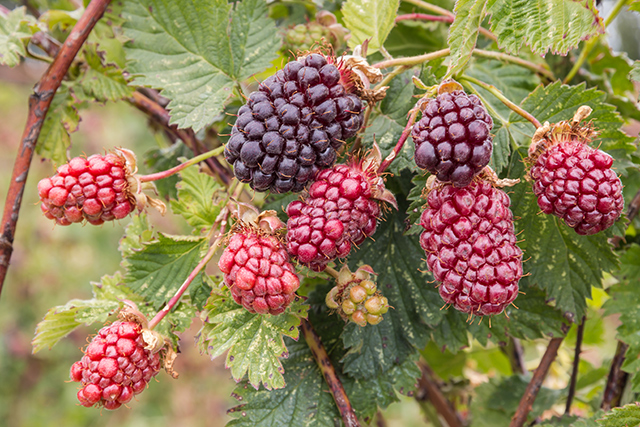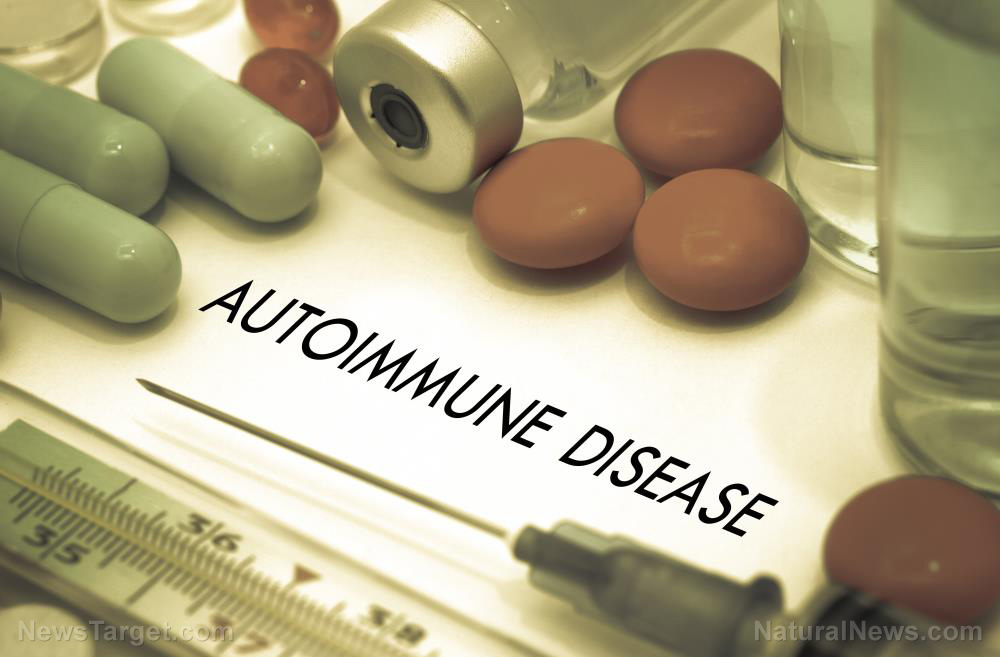
During an earlier study, Japanese researchers from Toyo University found out that boysenberries packed more polyphenols than raspberries. Polyphenols are micronutrients that prevent degenerative diseases like heart disease, the second biggest cause of death in Japan.
Boysenberries are also a potential source of antioxidants, which reduce the risk of atherosclerosis and other cardiovascular ailments.
Current medical thought believes oxidized LDL cholesterol – better known as "bad" cholesterol – is a cause of atherosclerosis. This led the researchers to theorize that reducing the absolute amount of the former would decrease the risk of developing the latter.
Given their previous work with boysenberries, they investigated the effects of the superfood on cholesterol metabolism. (Related: Kiwi berry, the latest superfood: Nutrition information and health benefits.)
Boysenberries influence cholesterol excretion
For their new study, the researchers bought both commercially-available boysenberry juice and ellagic acid, the primary polyphenol found in the fruit.
The next step was to culture human hepatoma cells (HepG2) and human colon cells (Caco2) in a medium containing samples of juice or ellagic acid.
HepG2 is often used to simulate the liver in laboratories, while Caco2 is a good stand-in for the small intestine. Both are derived from human carcinoma.
Following 24 hours of treatment in the samples, the researchers studied the messenger RNA (mRNA) levels in the cultured cells. mRNA deliver genetic information from DNA to the ribosome that produces proteins.
The researchers used a polymerase chain reaction technique to make numerous copies of a particular DNA section for analysis. They were looking for three particular mRNA: ABCA1, ABCG5 ABCG8.
In the Caco2 cell, the levels of ABCG5 and ABCG8 in the 0.001 percent boysenberry juice rose by half. In comparison, the control medium did not experience any improvement.
Likewise, in the HepG2 cell, the expression of ABCA1 in the 1μM ellagic acid was increased by the same amount.
Those three mRNA play major roles in the body's excretion of cholesterol. ABCG5 and ABCG8 have the genetic information to make sterolins, a protein that breaks down fatty plant sterols that cannot be processed by the body.
ABCA1 is also known as cholesterol efflux regulatory protein (CERP). As its name suggests, it regulates cellular cholesterol and phospholipid maintenance.
According to their results, eating boysenberries could promote cholesterol excretion in the small intestine. Higher levels of excretion could lead to lower amounts of bad cholesterol in the body.
Furthermore, the ellagic acid sample was able to increase ABCA1 levels. This suggests that boysenberries' cholesterol-reducing bio-activity relies on its polyphenols instead of its antioxidants.
The researchers conclude that boysenberries influence cholesterol metabolism, thereby demonstrating the potential to prevent atherosclerosis.
An American superfood rich in history, antioxidants, and nutrients
The boysenberry is a tasty cross between the European raspberry, European blackberry, American dewberry, and loganberry. They are named after their creator, horticulturist Rudolph Boysen of California.
Boysenberries first caught the public eye in 1932 after California farmer Walter Knott successfully commercialized the fruit on his farm. His wife Cordelia made preserves out of the very popular berries.
The popularity of boysenberries helped turn Knott's small pie and restaurant business into the famous Knott's Berry Farm amusement park.
New Zealand is the biggest producer and exporter of the fruit. California farmers grow and market fresh boysenberries, while commercially-grown produce in Oregon is processed into ice cream, jam, juice, pie, and syrup.
Boysenberries are considered to be a superfood. In addition to ellagic acid, they have high levels of anthocyanins, another group of antioxidants that fight free radicals and shield cells and tissues from damage.
Other nutrients found in the fruit include folate, fiber, vitamins B3, B5, and K, and potassium.
Sources include:
Please contact us for more information.























